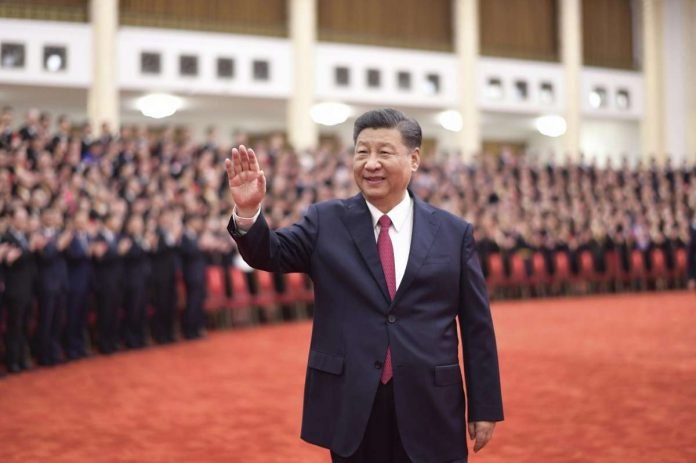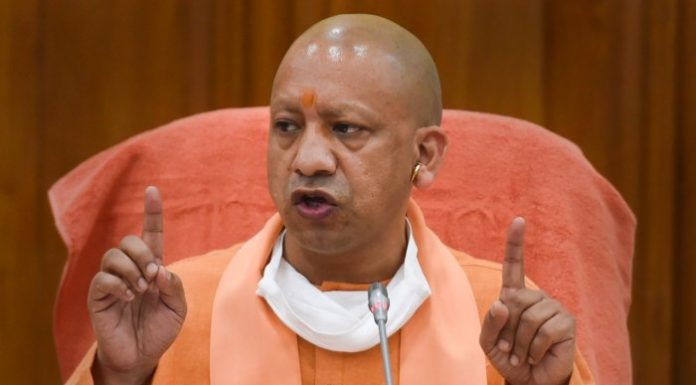
Xi Jinping visits Tibet for the first time- went to Arunachal border: ‘inspected’ Brahmaputra- Chinese President Xi Jinping has made an unexpected visit to Tibet amid ongoing border tensions with India. It is being told that this is Xi Jinping’s first visit to Tibet after assuming power in the year 2011. According to China’s official communication agency Xinhua, Xi Jinping visited the Chinese city of Nyingchi, which is part of Tibet, adjacent to the Indian state of Arunachal Pradesh. Not only this, but Xi Jinping also went to see the Brahmaputra river on which China is building the world’s largest dam and India is opposing it.
Xinhua said that on Wednesday, President Xi Jinping arrived at Nyingchi’s airport where he was warmly received by the local people. After this, the Chinese President inspected the valley of the Brahmaputra river and its tributaries. It is being told that the Chinese President has reached Lhasa, the capital of Tibet at this time. The Chinese President’s visit to the Arunachal border comes at a time when China has recently started operating a fully electric bullet train for the first time. This bullet train will connect the capital Lhasa and Nyingchi. Its speed is 160 km per hour.
Bullet rail line will protect border stability: Xi
Chinese President Xi said some time ago that the new bullet rail line will play an important role in safeguarding border stability. He was pointing towards the Arunachal border with India. Nyingchi is a border town of Tibet located close to Arunachal. The 435.5-km-long Lhasa-Nyingchi section of the Sichuan-Tibet Railway was inaugurated on July 1 ahead of the centenary celebrations of the ruling Communist Party of China (CPC). According to ‘Xinhua’, the first electric railway in the Tibet Autonomous Region started from Lhasa to Nyingchi where ‘Fuxing’ bullet trains started official operations in the plateau region.
The Sichuan–Tibet Railway will be the second railway in Tibet after the Qinghai–Tibet Railway. It will pass through the southeast region of the Qinghai-Tibet Plateau, one of the most geologically active regions in the world. In November last year, Chinese President Xi Jinping instructed officials to expedite work on a new railway project connecting Sichuan province with Nyingchi in Tibet. The Sichuan–Tibet Railway will start from Chengdu, the capital of Sichuan Province, and will pass through Yan and enter Tibet via Kamdo, reducing the journey from Chengdu to Lhasa from 48 hours to 13 hours.
China is building the world’s largest dam on the Brahmaputra river
Along with rail, China has also improved the roadway. It has recently constructed a strategically important highway through the Brahmaputra river valley. This highway connects Medog County, which shares its border with Arunachal Pradesh. Not only this, China, which is eyeing Indian soil from Ladakh to Arunachal Pradesh, is now going to build the world’s largest dam to ‘capture’ Indian water resources. China is planning to build a 60 gigawatt dam on the Yarlung Tsangpo or Brahmaputra river, which is considered very sacred from Tibet to India.
The dam is being built in the area in the ancient region of the Tibet Autonomous Region where the first empire of Tibet flourished. China aims to achieve carbon neutrality by the year 2060, for which it is putting full emphasis on the hydropower project in Tibet. That too when the entire dam is being opposed by the people of Tibet and environmentalists. The Yarlung Tsangpo or Brahmaputra River, originating from the glacier of West Tibet at an altitude of about 16404 feet above sea level, is the highest river in the world. The Brahmaputra river cuts through the chest of the Himalayas and flows through Northeast India to Bangladesh.
Brahmaputra Dam will generate three times more electricity than Three George Dam
Experts say that this dam being built on the Brahmaputra can generate three times more electricity than China’s Three George Dam. After the construction of the Three George Dam, about 14 lakh people had to leave their homes and move to another place. A very small population lives in China around the Brahmaputra, but till now 2,000 people have had to be moved to another place. This dam will be built in Medog County, which has a population of about 14,000. Spread over 2.5 million square kilometres, the Tibetan plateau is not only full of natural wealth but also has borders with many other countries. The melting ice and water bodies on the Tibet Plateau, called the Third Pole, quench the thirst of the population of about 1.8 billion people in China, India and Bhutan. Tampa says that it was because of the natural sources of Tibet that the Communist Party of China occupied Tibet 70 years ago.




































